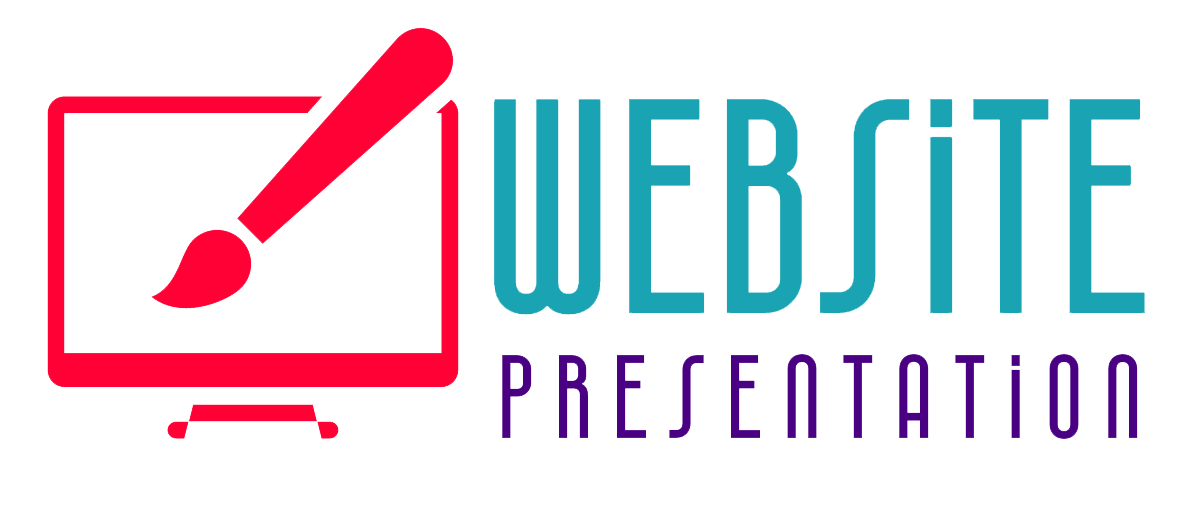Web Accessibility is a set of practices and design principles aimed at making web content more accessible and user-friendly for people with disabilities. This involves creating a website that can be navigated and understood by people who have visual, auditory, cognitive, or motor impairments.
The Importance of Web Accessibility for Users with Disabilities
Web accessibility is crucial for a fair internet. Each user deserves an equal opportunity to access the web regardless of their abilities. That’s why all web designers must strive to create accessible websites. You should strive for web accessibility because:
- It Promotes Inclusivity: Web accessibility ensures that all users, regardless of their abilities, can access, understand, and use web content.
- It is a Legal Requirement: In many areas, making a website accessible is not just useful; it’s a legal requirement under laws such as the Americans with Disabilities Act (ADA).
- It Enhances User Experience: A website that is accessible is typically more user-friendly, leading to better user experience and higher user satisfaction.
Identifying Users with Disabilities
Understanding the spectrum of user disabilities is paramount in creating an accessible web design. Various types of disabilities can affect how people interact with your site, hence, it’s essential to consider their specific needs. There are four primary categories of disabilities that can impact a user’s web browsing experience:
- Visual Disabilities: Users may be completely or partially color-blind, or they might have low vision or be completely blind.
- Hearing Disabilities: Some users might suffer from partial or total hearing loss.
- Motor disabilities: These impairments may make it difficult for users to use a mouse or keyboard.
- Cognitive disabilities: Some individuals might have a problem remembering or focusing on large amounts of information.

Understanding Their Needs
Now that you know the common types of disabilities, it’s important to understand how these can affect their interaction with your website. For instance, users with visual disabilities might rely on screen readers, so all the images on your site will need alt-text. Users with motor disabilities might use voice-controlled browsing, so your site needs to function well with such software. By gaining an insight into the various types of disabilities and their respective challenges, you can create a website that caters to all users, ensuring a more accessible web design.
How to Create an Accessible Website
Building an accessible website goes beyond just complying with legal guidelines. It means providing an inclusive digital space where everyone, including users with disabilities, can easily navigate and participate.
1. Design for Visual Accessibility
To ensure a web design is visually accessible, you need to think about various aspects including color contrast and readability, alternative text for images, and responsive and adaptable layouts.
- Color Contrast and Readability: You need to ensure that there is a significant contrast between your text and its background. This will make it easier for users who have color vision deficiency to read your content.
- Alternative Text for Images: Alt text is another essential tool for making web content accessible for people with visual disabilities. It provides alternative descriptions for images, which can be read aloud by a screen reader.
- Responsive and Adaptable Layouts: This way, users can easily connect and navigate through your website using different devices, including screens with varying sizes.

2. Make Content Accessible
When creating an accessible web design, it is vital to ensure that the content is also clear and accessible for users with disabilities. Here are a few key steps in achieving this:
- Write Clear and Concise Content: Always strive for clarity in your content. A simple and easy to understand language can make a big difference. Use bullet points and short paragraphs to make reading easier for users with cognitive disabilities. An excellent tool for this is the Flesch-Kincaid Readability Test which measures the accessibility of the text.
- Provide Captions and Transcripts for Multimedia Content: Captions and transcripts can significantly support users with hearing impairments. Always ensure that multimedia content, such as videos or podcasts, is supplemented with readable captions or transcripts.
- Enable Keyboard Navigation and Focus Management: Ensure that your site can be fully navigated using only a keyboard. This feature is particularly beneficial for users with motor disabilities. Maintaining a logical focus order also contributes to a seamless navigation experience.
3. Enhance Accessibility with Assistive Technologies
As we strive to create a more inclusive digital world, it’s important to consider how assistive technologies can enhance web accessibility for users with disabilities. These consist of a variety of tools and applications, including:
- Screen Readers: Software that translates on-screen text into spoken words or Braille for visually impaired users. Examples are JAWS and NVDA.
- Magnifiers: These increase the size of content on the screen, aiding users with low vision.
- Voice Recognition Software: Allows users to control computers and input text using their voice.
4. Ensure Compatibility with Different Devices and Operating Systems
A key consideration in accessible web design is ensuring compatibility with different devices and operating systems. Whether a user accesses your website from a Windows PC, a Mac, a tablet, or their mobile, they should have a seamless user experience. Testing across different platforms and with various assistive tools is crucial.
The Bottom Line
To wrap up, an accessible web design truly makes a substantial impact on society by acknowledging and catering to the diverse range of users’ abilities. It’s not just about legal compliance, but it also defines how thoughtful and inclusive a brand truly is. Web accessibility opens up a wider audience base and enhances overall user experience, as accessible sites tend to be more user-friendly.







